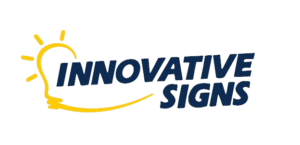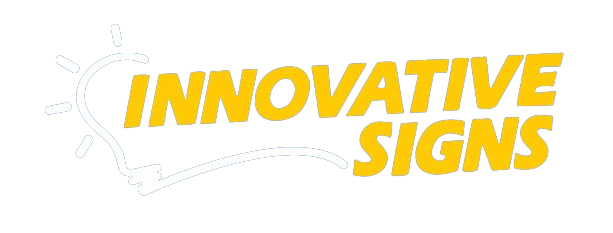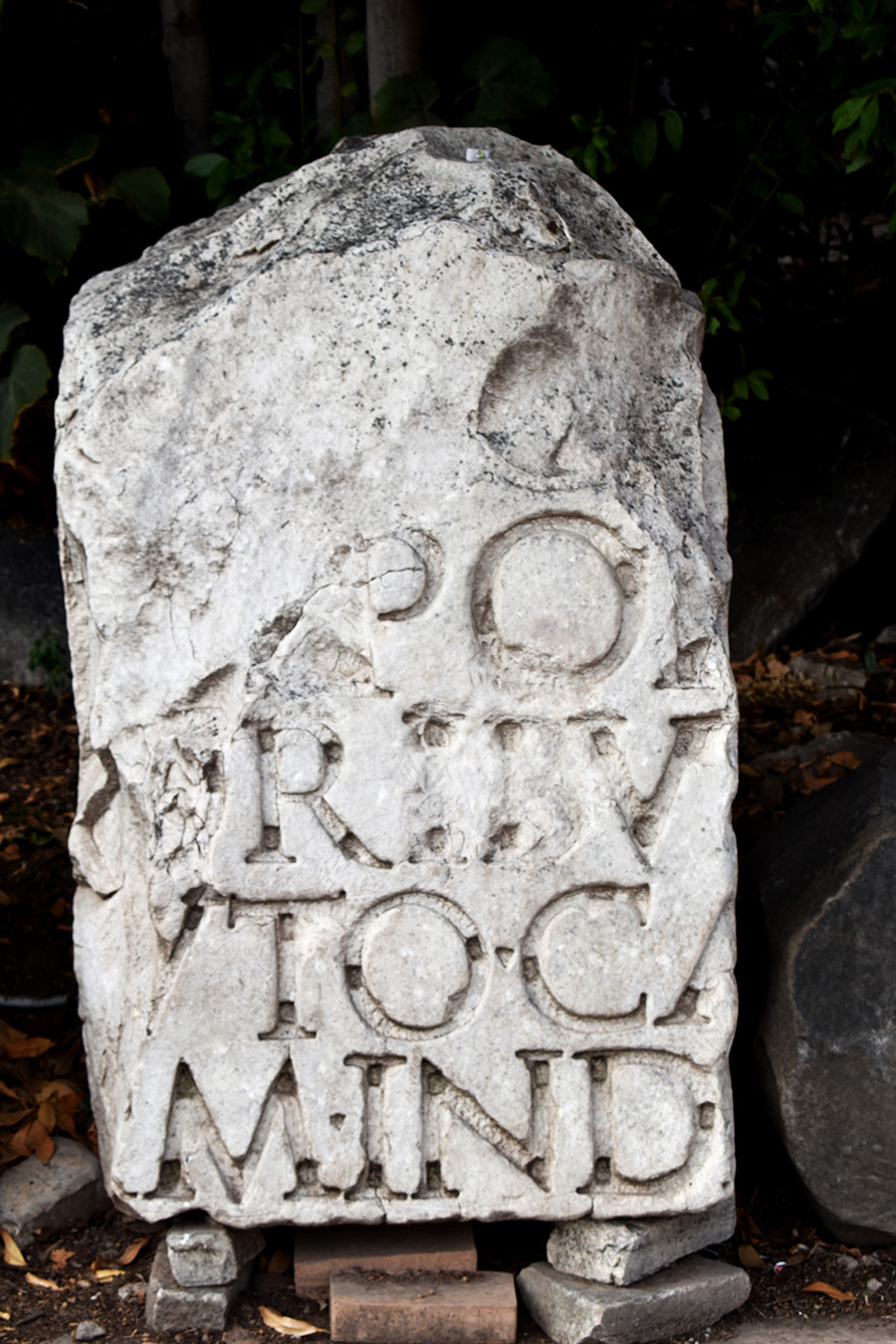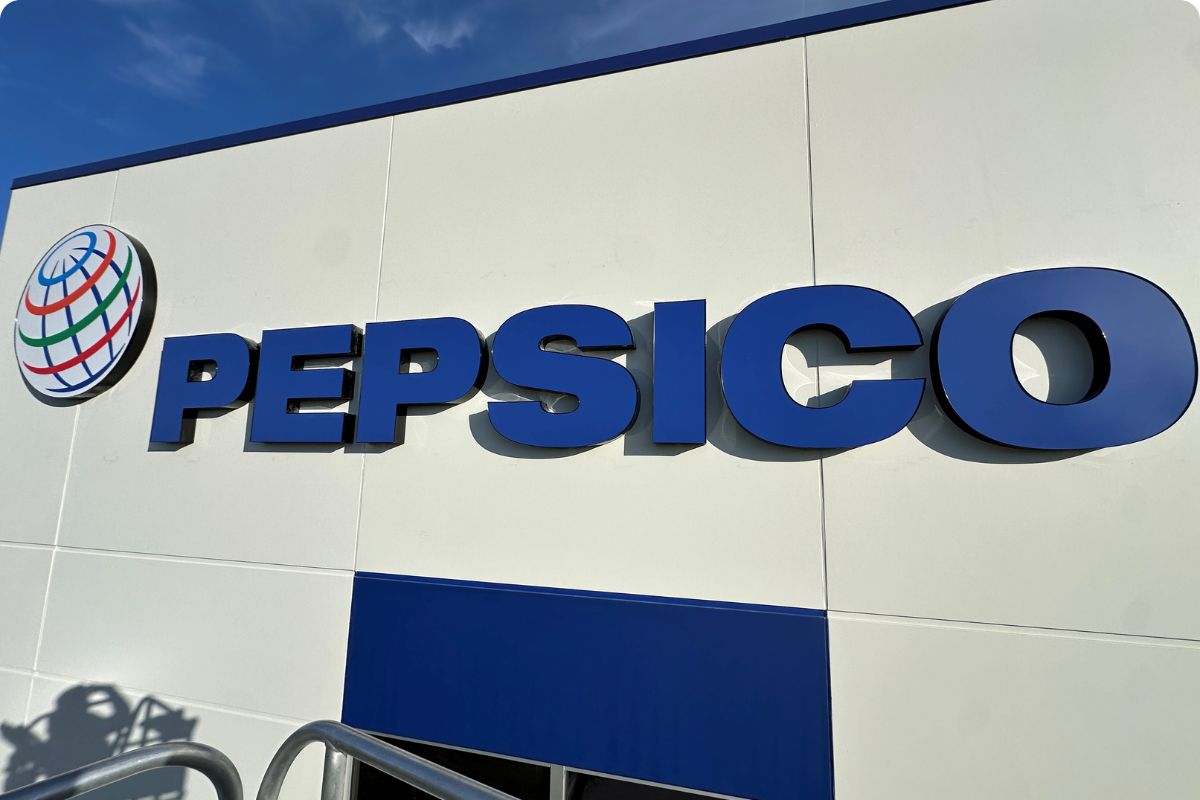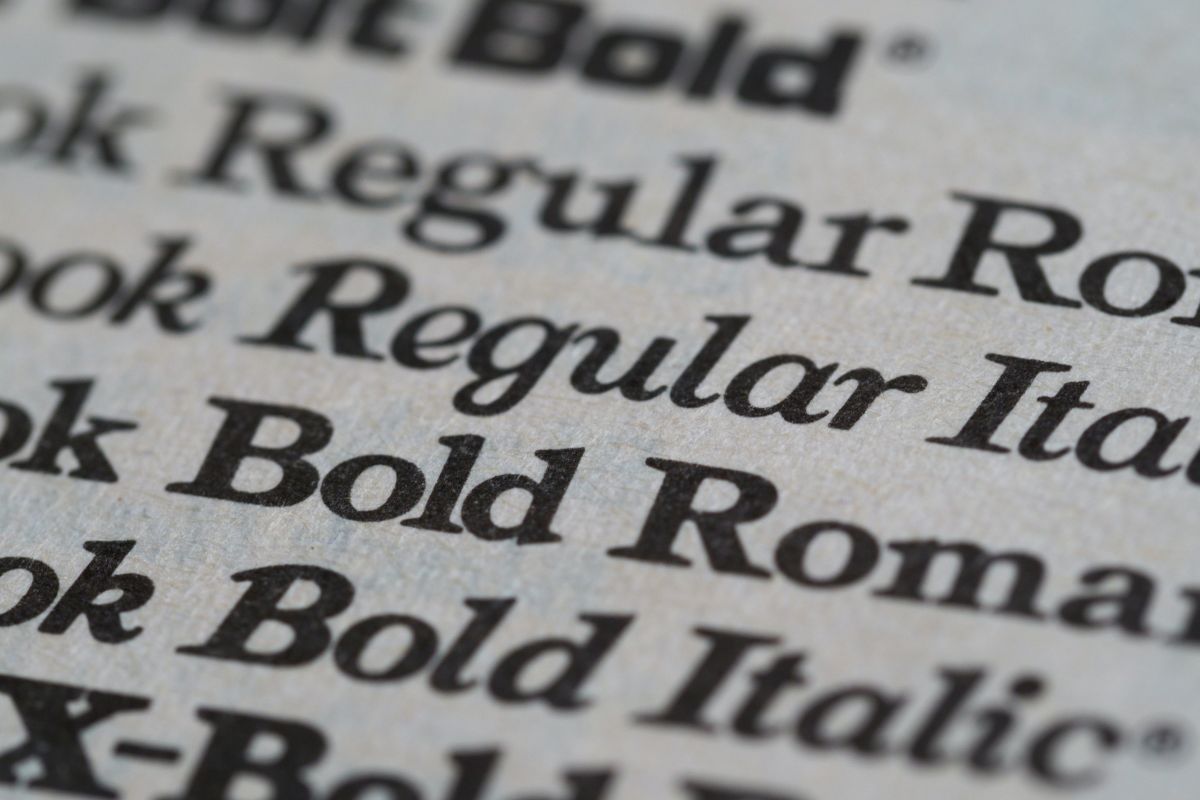Font: Trajan
How do fonts enter our world? How do they go from idea, to being used on a daily basis? Modern font designers spend hours meticulously working on tweaks and changes. Sometimes reverting back to a previous version, to ensure the proportions are correct, and the text is readable. With the font we’re discussing today, those tweaks were made over the course of years. Not on a tablet we think of today, but on a tablet of stone. Not with a stylus, but a hammer and chisel. No backspace. No copy and paste. That hard work created a form barely changed since. We’re talking about the font known as Trajan.
Trajan can be found all over Rome from the Trajan Column in the Roman Forum, to street signs in Venice. This font is still used long after its creation and has stood the test of time. Trajan is one of the reasons Adobe came out with ‘Adobe Originals’. Their mission was, “to conduct original research and development for type at Adobe, making sophisticated and even experimental typefaces that explore the possibilities of design and technology”. Trajan was a key part of that program. Adobe’s Carol Twombly and Robert Slimbach’s hard work brought it to digital life. ‘Adobe Originals’ was founded, and thankfully their team was able to preserve this historic font and bring it to the public in 1989.
Due to their efforts, Trajan has become a staple in our modern society. It has been used in England for government documents, and municipal signage throughout the country. Even Hollywood has embraced Trajan, giving it a starring role as the movie-poster-font. It has been used for Titanic, Lord of the Rings, The Mummy, and many more. Once you know Trajan, you’ll notice it everywhere. On a digital display, or carved in stone, like the ancient Romans.
Next time we’ll be talking about another staple font, Futura.
Please take a look at our work
